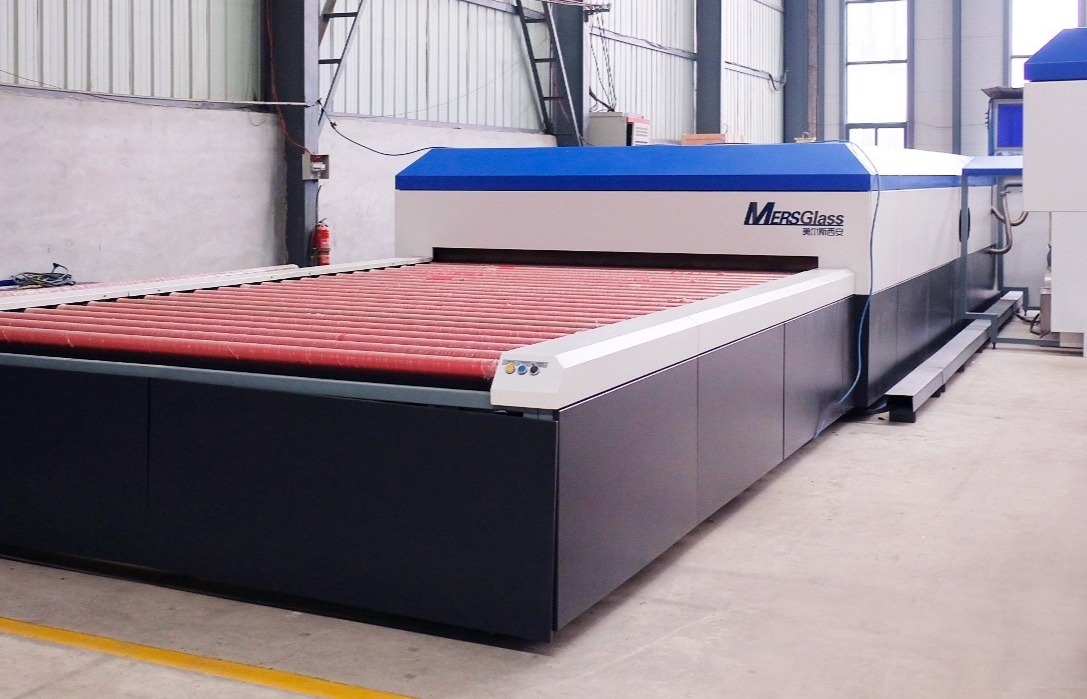Non-Autoclave Laminated Glass Manufacturing Equipment

# Non-Autoclave Laminated Glass Manufacturing Equipment
## Introduction to Non-Autoclave Laminated Glass Technology
Non-autoclave laminated glass manufacturing equipment represents a significant advancement in the glass industry, offering an alternative to traditional autoclave-based production methods. This innovative technology enables the creation of high-quality laminated glass without the need for high-pressure autoclaves, reducing energy consumption and production costs while maintaining excellent performance characteristics.
## How Non-Autoclave Laminated Glass Machines Work
The non-autoclave process utilizes specialized equipment that combines heat and vacuum pressure to bond glass layers with interlayers such as PVB (Polyvinyl Butyral) or EVA (Ethylene-Vinyl Acetate). The key components of these systems typically include:
– Vacuum chambers
– Heating elements
– Pressure application systems
– Cooling stations
– Quality control mechanisms
Unlike traditional autoclave methods that require high-pressure environments, non-autoclave equipment operates at lower pressures while still achieving strong bonding between glass layers.
## Advantages of Non-Autoclave Laminated Glass Production
The shift to non-autoclave technology offers numerous benefits for manufacturers:
– Reduced energy consumption
– Lower capital investment compared to autoclave systems
– Faster production cycles
– Smaller footprint in production facilities
– Greater flexibility in production scheduling
– Improved safety for operators
These advantages make non-autoclave laminated glass manufacturing particularly attractive for small to medium-sized glass processors looking to enter the laminated glass market.
## Applications of Non-Autoclave Laminated Glass
Glass produced using non-autoclave equipment finds applications across various industries:
– Architectural glazing for buildings
– Automotive windshields and windows
– Safety glass for public spaces
– Bullet-resistant glass solutions
– Soundproof glass installations
– UV-protective glass products
The versatility of the technology allows for customization to meet specific performance requirements in different applications.
## Key Considerations When Choosing Equipment
When selecting non-autoclave laminated glass manufacturing equipment, manufacturers should evaluate several factors:
– Production capacity requirements
– Desired glass thickness capabilities
– Interlayer material compatibility
– Energy efficiency ratings
– Automation level and ease of operation
– Maintenance requirements
– Manufacturer reputation and support services
Proper evaluation of these factors ensures the chosen equipment meets both current production needs and allows for future growth.
## The Future of Non-Autoclave Laminated Glass Technology
As the demand for energy-efficient and cost-effective glass production grows, non-autoclave technology continues to evolve. Recent advancements include:
– Improved bonding techniques for stronger laminates
– Integration with smart glass technologies
– Enhanced automation for higher throughput
– Development of eco-friendly interlayer materials
– Better quality control systems
These innovations position non-autoclave laminated glass manufacturing as a sustainable solution for the growing global demand for safety glass products.
## Conclusion
Non-autoclave laminated glass manufacturing equipment represents a transformative approach to safety glass production, offering economic and environmental benefits without compromising quality. As the technology continues to mature, it’s expected to play an increasingly important role in meeting the world’s demand for high-performance laminated glass across various applications.